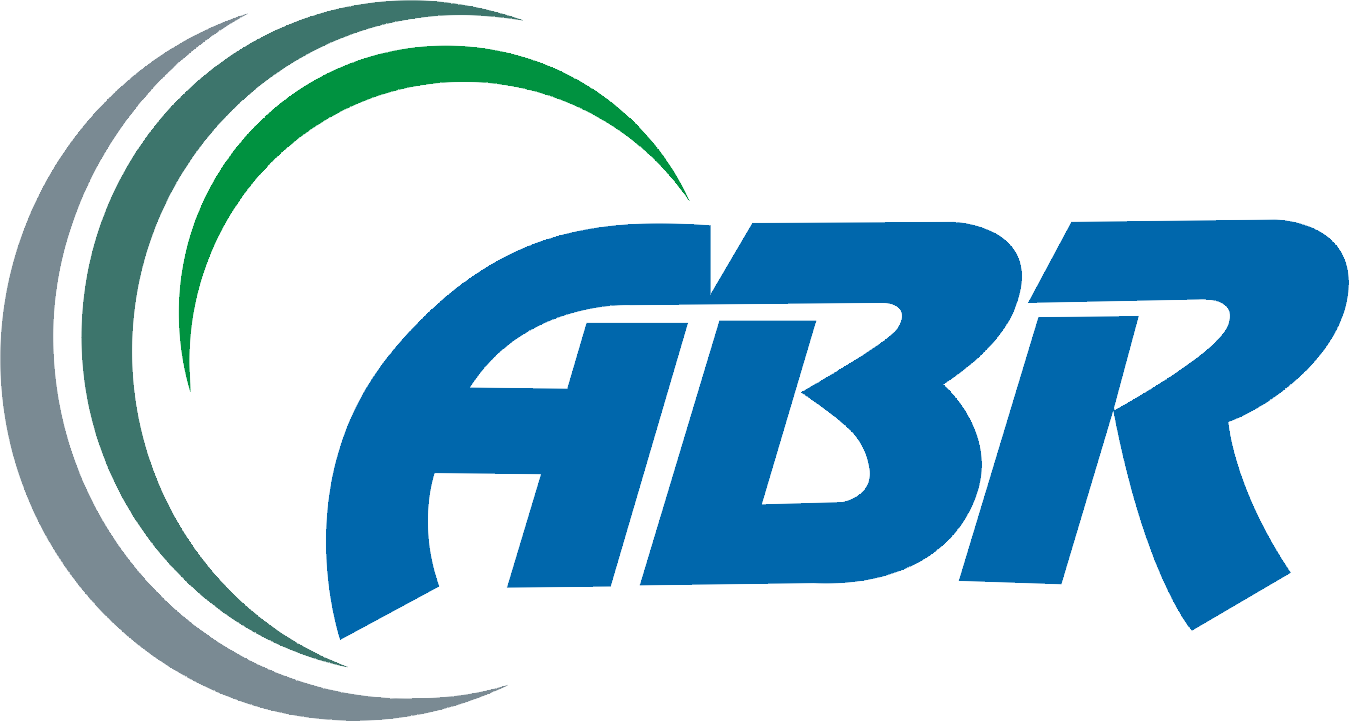May E-Governance Create Digital Divide?
DOI:
https://doi.org/10.18034/abr.v3i2.93Keywords:
E-Governance, Digital Divide, Digitally Wealthy, Digitally PoorAbstract
Developing country (DC) governments have been using information and Communication technologies (ICTs) supporting and transforming the external Workings of governance by processing and communicating data. E-Governance should be seen to encompass all ICTs, but the key innovation is computer networks. Bangladesh has failed to progress towards achieving its target as envisaged in its information Technology (IT) policy documentation. Besides, the unequal access to computers and other digital technologies in the developing world from the developed world creates digital divide. Closing the technology gap would lift people out of poverty, while creating a large business opportunity for the high technology industry (World Resources Institute, 2000). My aim in this paper is to present an outline of E-Governance which create digital divide in Bangladesh. This type of research is rare and it would help the society and the country to understand the problem of digital divide and the progress of E-Governance. The paper concludes some problems designed to stimulate farther thoughts and advanced research.
JEL Classification Code: G39
Downloads
References
Bhatnagar, S. E-Government: From vision to Implementation; Sage publications, 2004.
Devraj, R. South Asia: Digital divide sharpens Rich-poor Gap, (2006).
DiMaggio, p. and E. Hargittai.(2001).”From the ‘Digital Divide to ‘Digital Inequality’: Studying Internet Use as Penetration Increases.” Princeton: Centre for Arts and Cultural Policy Studies, Woodrow Wilson School, Princeton University.
DiMaggio, p. and Hargittai, E.,Celeste, C., and Shafer, S.(2004).Digital Inequality: From Unequal Access to Differentiated Use. In Social inequality, ed. K Neckerman, pp. 355-400. New York: Russell Sage Foundation.
Ghosh, A. & Arora, N. Role of e-governance:Frameworks in effective implementation, ICEG, Lahore, Pakistan. 2005.
Inaugural address at IIT Delhi during International Conference on E-Governance.
Kumar, V., (2000), International Marketing Research, Harvard Business Review, Vol. XXXIV, No. 2, PP. 40-60.
Rahman, M.H. & Naz, R. (2006); Digital divide within society; an account of poverty, community and e-governance in Fiji. Volume 3, Number 3.
Report of the Working Group on convergence and E-governance for the Tenth Year Plan (2002-2007), Planning Commission, November, 2001.
Riley, B.T. E-governance vs. E-government, November-December, 2003.
Roxana Barrantes Caceres, Digital poverty: concept and measurement with an application to Peru, Working paper # 337-March 2007.
Singh, S.H. Ways and means of bridging the gap between developed and developing countries, High-level panel on IT and public administration, United States, 2000.
Venkat, K. Digital divide and poverty, The Howorth Press, 2001.
Warschauer,M. (2003). Technology and Social Inclusion: Rethinging The Digital Divide. Cambridge, MA: MIT Press.
Warschauer,M. (2003). Demystifying the Digital Divide. Scientific American, Vol.289 (Issue 2), S.42.
Wilson, K. R. Wallin, J.S. & Reiser C.(2003). Social Stratification and the Digital Divide, Social Science Computer Review, Vol.21 No. 2, 133-143.
Internet references
E-government Act of 2002; (from http://frwebgate.access.gpo.gov/cgibin/getdoc.cgi?dbname=107-cong-public laws7docid=f: pub1347.107.pdf).
http://www.ejisdc.org, The Electronic Journal on Information System in Developing Countries.
ALADI. (2003). La Brecha Digital y sus Repercusiones en los Países Miembros de la ALADI [The DigitalDivide and Its Impact on ALADI Member Countries], Asociación Latinoamericana de Integración [Latin American Association for Integration] – ALADI, 194 pp. Retrieved from http://www.aladi.org/nsfaladi/titulare.nsf/5c424a97a14f01e0032568e00046db1b/fa8db613acb8 beee03256d74004dcd3a/$FILE/157Rev1.doc.
World Bank. (2002). Information and Communication Technologies: A World Bank Group Strategy. Retrieved May 3, 2005, from http://info.worldbank.org/ict/assets/docs/sp_ExecSum.pdf
World Bank. (2003). ICT and MDGs: A World Bank Group perspective, World Bank Group’s Global ICT Department. Washington D.C. 39 pp. Retrieved April 30, 2005, from http://info.worldbank.org/ict/assets/docs/mdg_Complete.pdf
ETS. (2002). Digital Transformation. A Framework for ICT Literacy. A report of the International ICT literacy panel. Retrieved May 16, 2005, from
http://www.ets.org/research/ictliteracy/ictreport.pdf
INEI. (2003). Encuesta Nacional De Hogares sobre Condiciones de Vida y Pobreza [National Household Survey on Living Standards and Poverty] - ENAHO 2003, Instituto Nacional de Estadística e Informática [National Institute of Statistics and Computer Science] - INEI, Data Base.
Nyaki, C. (2002). ICT and Poverty: A Literature Review, International Development Research Center- IDCR, 58 pp. Retrieved May 27, 2005, from http://network.idrc.ca/uploads/user- S/10541291550ICTPovertyBiblio.doc.
http://network.idrc.ca/ev.php?URL_ID=24718&URL_DO=DO_TOPIC&URL_SECTIONORBICOM. (2003). Monitoring the Digital Divide…and Beyond. Orbicom, Canadian Agency for International Development, InfoDev and UNESCO, 161 pp. Retrieved May 10, 2005, from http://www.infodev.org/files/836_file_The_Digital_Divide.pdf.
ITU. (2003). New Digital Access Index. International Telecommunications Union, ITU. p. 6-17. Retrieved May 29, 2005, from http://www.itu.int/ITU D/ict/dai/material/DAI_ITUNews_s.pdf.
--0--
Published
Issue
Section
License
Asian Business Review is an Open Access journal. Authors who publish with this journal agree to the following terms:
- Authors retain copyright and grant the journal the right of first publication with the work simultaneously licensed under a CC BY-NC 4.0 International License that allows others to share the work with an acknowledgment of the work's authorship and initial publication in this journal.
- Authors are able to enter into separate, additional contractual arrangements for the non-exclusive distribution of the journal's published version of their work (e.g., post it to an institutional repository or publish it in a book), with an acknowledgment of its initial publication in this journal. We require authors to inform us of any instances of re-publication.











